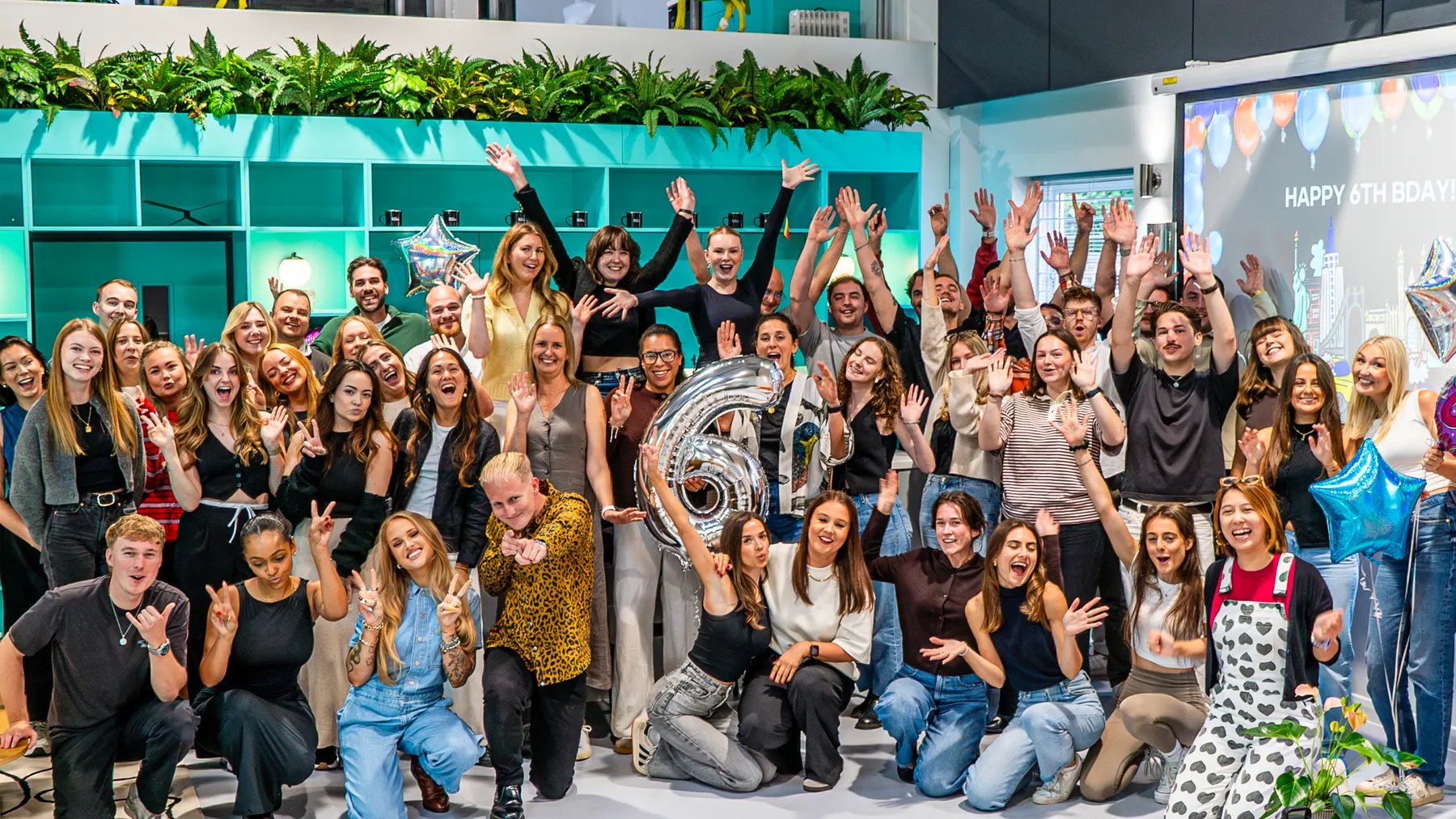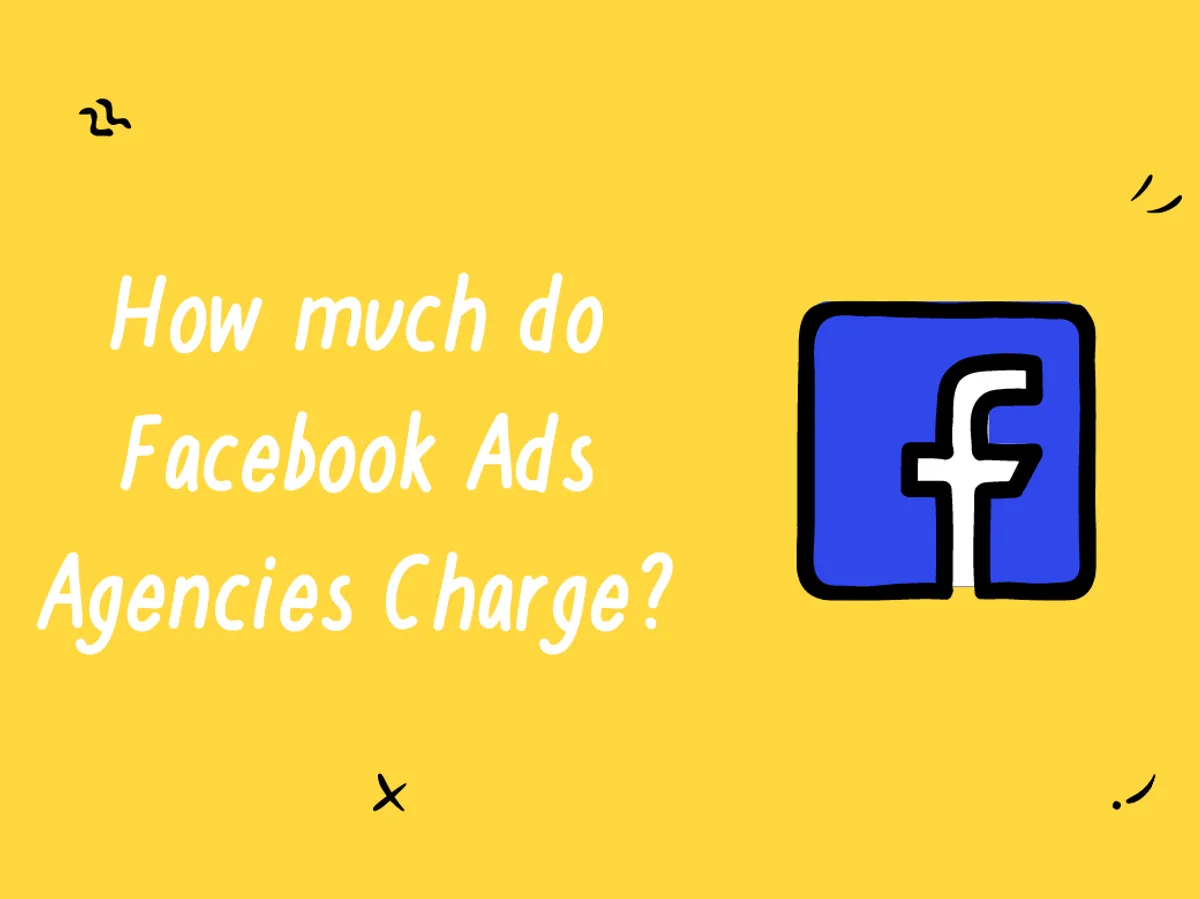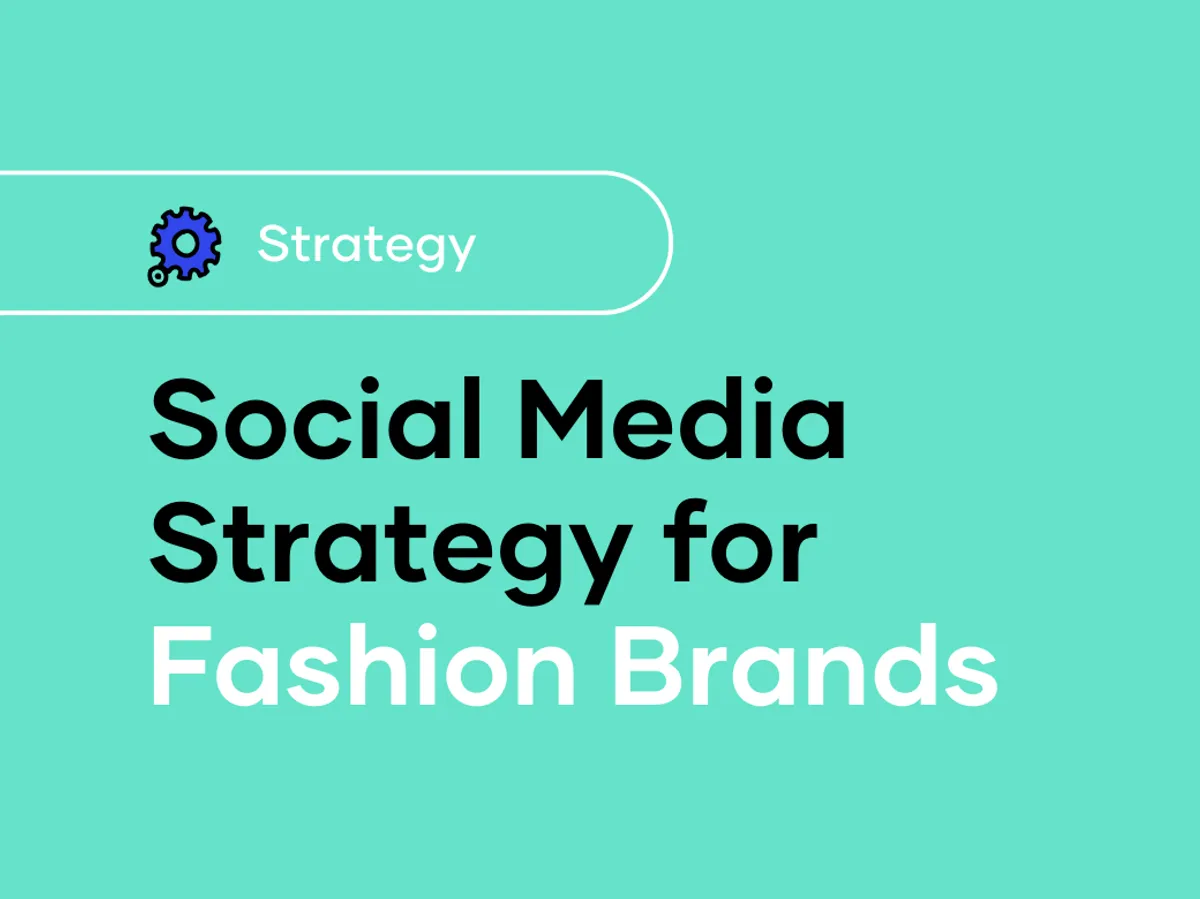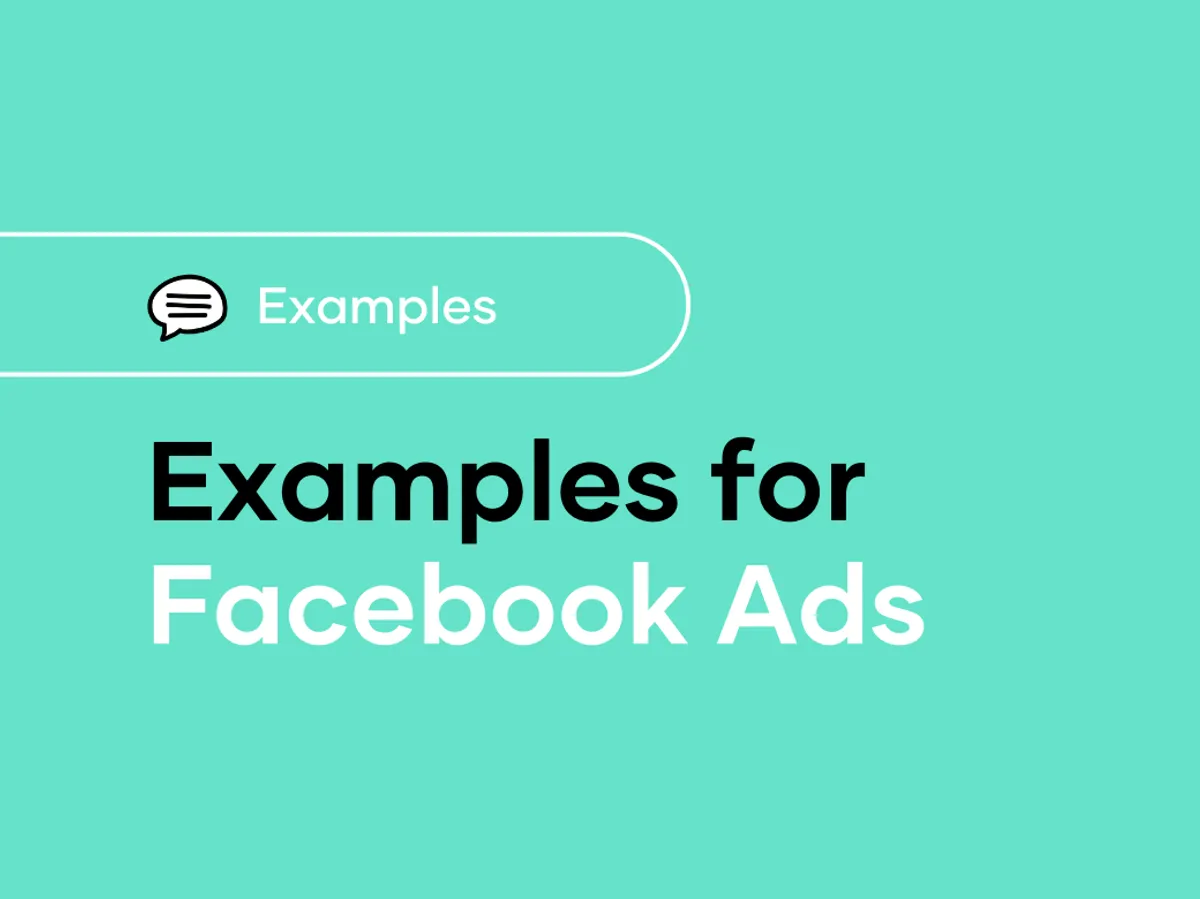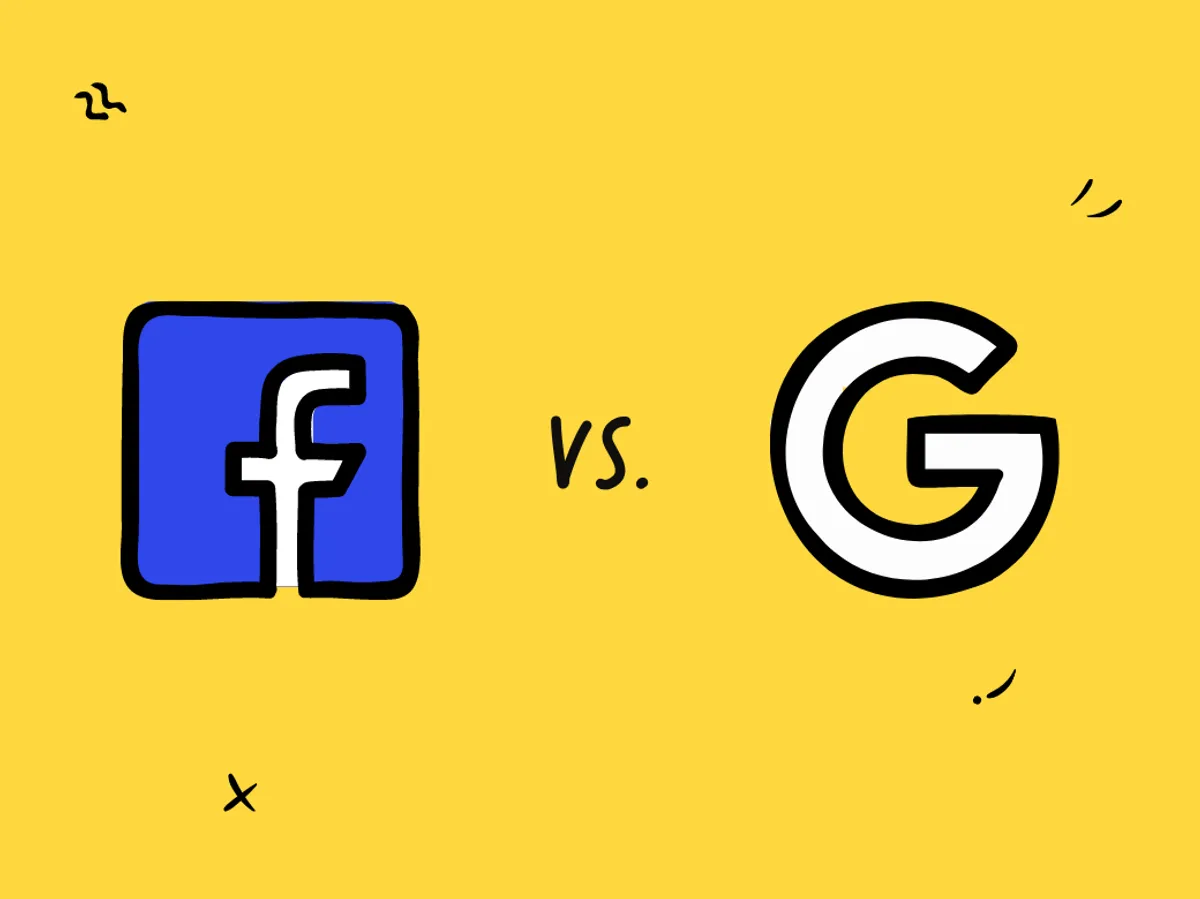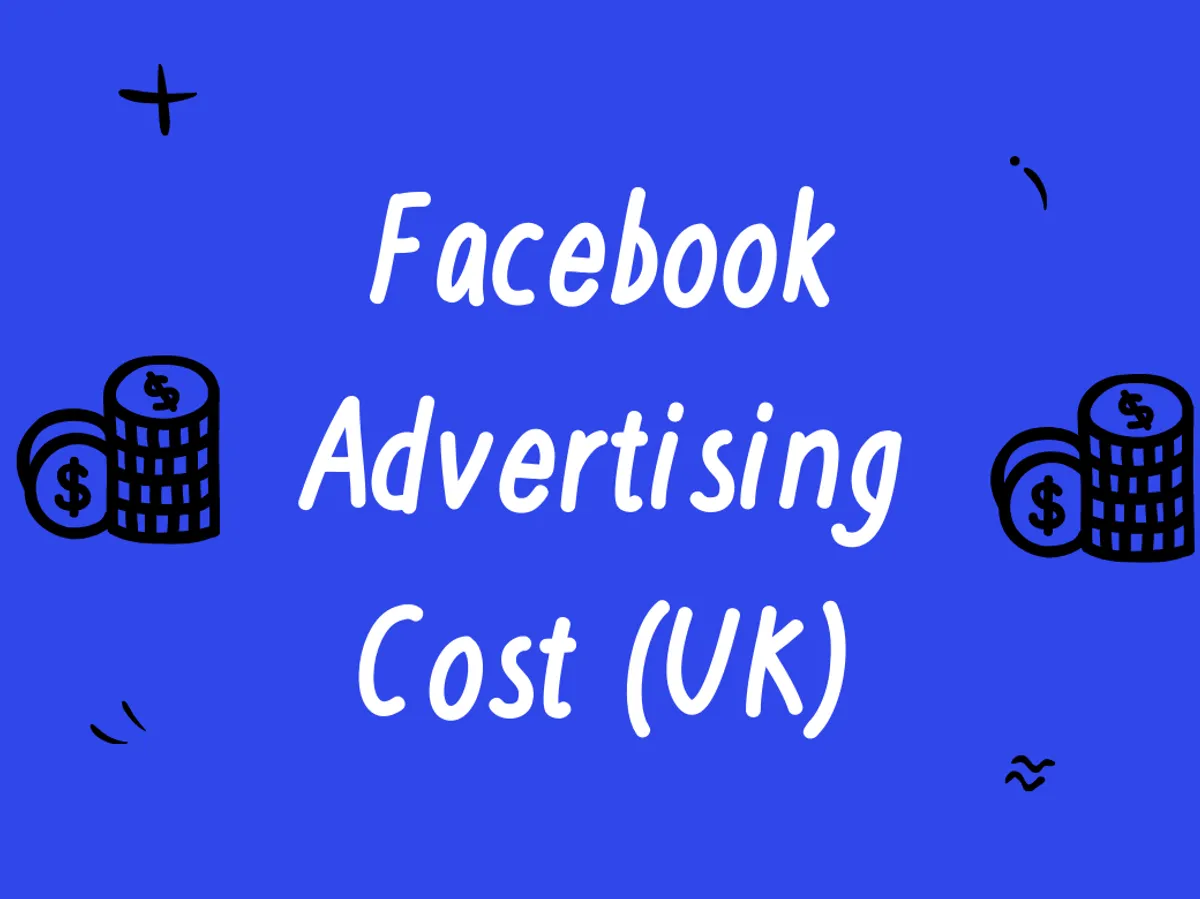Snapchat Ads Cost: What You Should Expect In 2025

Contents
Snapchat isn’t like the other social media platforms.
Not just in the way you use it. But how it displays your ads and how they charge you for doing so.
After working with a mixture of clients in different industries using Snapchat Ads, we have first-hand experience of how much a campaign can cost and what factors affect these costs.
Though, you may be wondering if Snapchat advertising is worth the investment? Or if you’re okay sticking with Facebook alone?
If you’re targeting an audience under 30, then yes, you should be on Snapchat. It’s an excellent diversifier with a rightful place in your social strategy.
To prove it, we’ll share our real-life examples to show how much you can expect to pay and what returns you can see.
So if you’re targeting a millennial or Gen Z audience, you’ll want to read on.
Stay up to date
How do Snapchat Ads Work?
As Snapchat bases the cost of your ads on how you structure your campaign, it depends. To get a clearer picture, you must first understand how Snapchat makes money from advertising.
Snapchat chargers per 1,000 impressions (eCPM) through an auction system called goal-based bidding. This means that you can set up a maximum price for each time a viewer performs the action your ad is optimised for. These actions could be app installs, swipe ups (how Snapchat takes users to the landing page) or simply impressions.
Like Facebook, Snapchat gives you access to powerful targeting tools. Using data from Oracle Data Cloud, you can reach users based on their demographics, interests, and behaviours. You can also use your own data to target users such as your Snapchat customer lists or even lookalike audiences based on your existing customers.
The costs associated with these audiences can vary depending on what you’re selling, the competition and how specifically you’re targeting them. And like the typical Facebook marketing funnel, you can expect to pay more for click (or swipe up) for targets at the bottom of your funnel.
How Much Do Snapchat Ads Cost?
Below, we’ll share the costs associated with a sample Snapchat campaign for an eCommerce client of ours. We ran the campaign in 2021 and it targets the middle of the funnel (MOFU) with retargeting and the top of the funnel (TOFU) for prospecting.
At the top are the MOFU campaign numbers, in the middle the TOFU campaign, with the totals and averages at the bottom.
As is typical with a Facebook ads funnel, there’s more spent overall in a TOFU campaign but a lower eCPM cost. And while there’s less overall spend on the MOFU campaign, the eCPM is 61p more, a considerable price rise. The same holds for the eCPSU (effective cost per swipe up), which cost 11p more at the MOFU.
This is because the lower down the funnel a prospect is, the more likely they are to buy, as you can see with 970 purchases from £1,600.47 spent in the MOFU compared to slightly fewer sales at 951 for almost £5,000 more at the TOFU.
However, this makes sense. The TOFU campaign is focused on brand awareness, whereas the MOFU campaign focuses on sales. With the TOFU campaign getting our ads seen by just over 4 million people. With a number of those now flowing further down the funnel, it’s safe to say that both campaigns were a success.
Snapchat Ad Cost vs Facebook Ad Costs
Facebook is the most popular social media advertising platform, so it only makes sense to compare Snapchat with it. While both platforms offer similar targeting methods, the ads themselves are much different.
Snapchat ads are much more design-led as they only have minimal text, take up the user’s entire screen and are sometimes interactive. Unlike Facebook ads, which can be copy-heavy, you only have enough copy space to provide a headline and a small hook. Your graphics and video must do the heavy lifting.
So how does this affect the costs? Production costs aside, we’ll show you the side-by-side comparison of a Snapchat and Facebook campaign from the same client we showed you earlier.
Snapchat vs Facebook
We ran a Facebook and Snapchat campaign for one of our clients and decided to compare the results to see which platform worked best.
In the campaign, we spend just over £60,000 on Facebook ads.
This cost us an average of £4.35 per 1000 impressions and £0.64 for action (cost per click).
This spending led to 17,167 purchases, equalling £507,475 in revenue, not bad. Overall, an 8.29 return on ad spend.
Due to the differences in metrics, we don’t have exact comparisons between Facebook and Snapchat spending. We do, however, have something better: the cost per purchase on each platform.
Essentially, this is how much we spent to convert a customer. We got this number by dividing the amount spent by the number of purchases.
Snapchat | ||
Cost per purchase | £4.12 | £3.56 |
What does this mean?
For this campaign, while Snapchat had cheaper cost per clicks, advertising on Facebook was more efficient, costing 56p less to convert a customer on average.
We’ve found this to be typical across the other brands we work with too.
However, that’s not to say Snapchat wasn’t worth the investment. The campaign still achieved a considerable return on investment. Success on Snapchat depends mainly on the type of product your selling and the audience you’re promoting to. For instance, Snapchat converts much better for more impulse-driven purchases.
And remember, this is just one brand. Another brand could easily find that it’s far more cost-effective to advertise on Snapchat than Facebook.
The cost of Snapchat advertising in 2020, compared to 2021
2020 was an anomaly due to Covid. When the pandemic hit, brands pulled their ads and slashed marketing budgets out of panic. This led to a HUGE discount for advertisers who stayed put. However, as the year progressed, the prices rose back to normal.
Below, we’ll show you the costs of a 2020 Snapchat advertising campaign for the same brand we’ve used throughout this article. But first, to rejig your memory, here are the results from this year:
2021
Total | MOFU | TOFU | |
eCPM (average) | £1.59 | £2.10 | £1.49 |
eCPSU (average) | £0.44 | £0.53 | £0.42 |
Now, onto 2020:
Overall, we spent £5,528.33 in 2020, compared to this year’s £7923.8. The total average eCPM was slightly higher at £1.63. However, the total eCPSU was 9p cheaper at £0.35.
But was the bottom of the line? In 2020, our spending led to a total of 697 purchases. Compared to 1921 in 2021.
This means that the cost per purchase in 2020 was £7.93.
In 2021, it’s far lower at £4.12.
So while the eCPSU was a little cheaper in 2020, it was far less efficient overall, costing an eye-watering £3.81 more to convert a customer.
Why such a difference? We have a few theories.
- Covid-19 & Lockdowns
When the pandemic hit, people held onto their money and spent less on luxuries. However, as Covid subsides in 2021, people are much more willing to resume shopping non-necessities again.
With shops, restaurants, bars, gyms, and pretty much everything else closed, there was less reason to buy the product we were selling. Now things are starting to open back up, and hope is around the corner, sales are rising.
What can affect your Snapchat advertising costs in the UK
With Snapchat’s goal-based bidding system, an ad’s total value is comprised of these components:
- Advertisers bid
The amount an advertiser values their desired goal. E.g. £0.50 per eCPSU - Predicted event rates
The probability of a Snapchat user to take the desired action of an ad - Quality and relevance
Based on the Snapchat users benefit, the quality and feedback of an ad can reduce its total bid.
To be more specific, here are the factors that can boost or lower your costs.
Your industry
The more competitive your industry or target market, the more you can expect to pay. Bear in mind that Snapchat holds a younger audience, so products and services they desire will cost more to advertise. On the flip side, what may be expensive elsewhere could be cheaper here. However, while targeting an older audience may be cheaper, you’re less likely to convert.
For some industries, such as food and fashion, it’s much easier to advertise and build creatives due to the unique way Snapchat displays ads.
Your creatives
Two of the most common practises in Snapchat advertising creatives are single image ads and video ads. As Snapchat will display your ads full-screen without any distractions, you must engage the user and inspire them to act on the call to action.
Ensure that your creatives align with your target audience. The more relevant your creatives, the higher your conversion rates will be. To identify winning creatives and to discover what resonates most with your target audience, consider split testing wherever possible.
The more interesting, relevant and well-structured your creatives are, the lower your cost per purchase will be.
Your ad optimisation
Snapchat allows you to choose an objective for your ad campaign. Depending on your objective, you can expect to see a difference in cost.
Some objectives are cheaper than others.
The lower the purchase intent, the cheaper your ads will be. For example, optimising brand awareness or reach will be the cheapest ad inventory you can get. However, they’ll convert less.
The higher the purchase intent of your objective and target audience, the more you can expect to pay. However, as you’re focusing on conversions, you’re likely going to get more sales.
How to lower your Snapchat advertising costs
If you have an eCommerce product and you’re marketing to a millennial and Gen-Z crowd, advertising on Snapchat is a no-brainer decision. That said, you’ll still want to get the most out of your ad budget and keep your costs per purchase as low as possible.
We can help you with this.
After spending over £2 million on ads over the past year, we know how to squeeze the most out of your budget.
Our experience in Snapchat advertising has given us the know-how needed to increase your ROAS. Using our in-house video production studio and expert graphic designers, video editors and videographers, we can produce dynamic, eye-catching ads that excel on Snapchat.
To see how we’ll run your next profitable Snapchat advertising campaign, get in touch with us today.

You might also like
Don’t be sheepish
let’s talk
